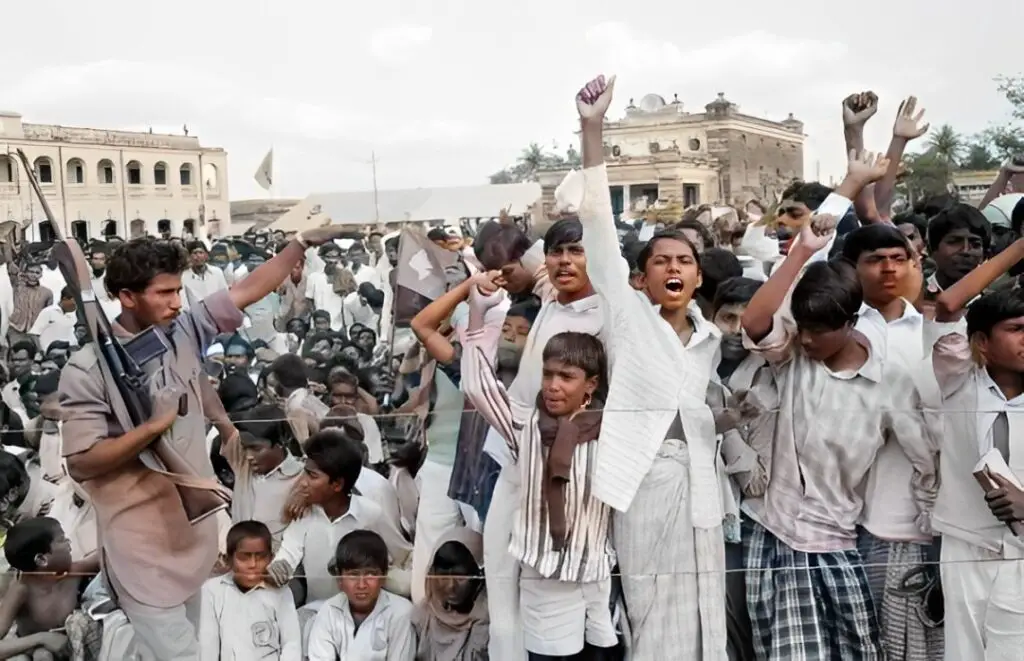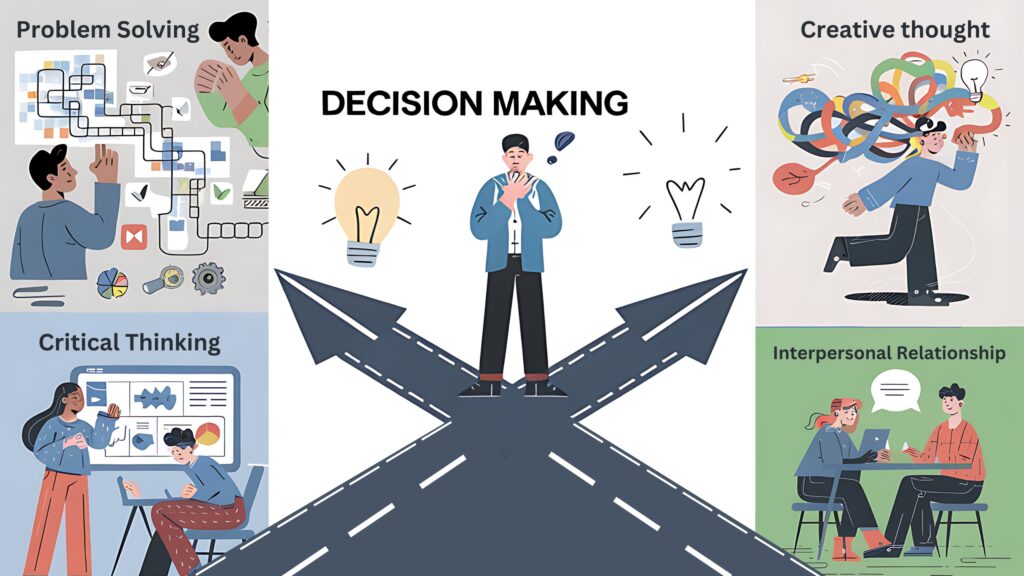Introduction
The history of Bangladesh has been marked by a series of profound crises including Political Crisis reflecting its turbulent political landscape and complex socio-economic challenges. From the struggle for independence in 1971 to the ongoing issues of political instability, natural disasters, and humanitarian crises, Bangladesh’s journey has been resilience and transformative. This timeline provides a snapshot of key events that have shaped the nation’s trajectory, highlighting pivotal moments in its post-independence history and the ongoing issues it faces today
Political Crisis In Bangladesh: Key Events
Early 1970s – Independence Movement
1971: Bangladesh Liberation War

March 7: Sheikh Mujibur Rahman delivers a historic speech calling for independence from Pakistan.
March 25: Operation search light, a military crackdown by the Pakistani Army in East Pakistan (now Bangladesh) aimed to suppress the Bengali independence movement. This operation triggered widespread atrocities and a massive refugee crisis, with millions fleeing to India.
November: India’s Prime Minister Indira Gandhi decided to support the Bengali independence movement after the refugee crisis escalated. India began providing support to the Mukti Bahini (Bengali freedom fighters).
December 3: Pakistan launched preemptive airstrikes on Indian airbases, leading to India’s formal entry into the war. Pakistani military surrenders to the joint forces of Bangladesh and India, leading to the official independence of Bangladesh.
1970s – Early Post-Independence
1975: Political Instability
August 15: Sheikh Mujibur Rahman, the country’s first President, is assassinated in a military coup. A series of coups and counter-coups follows, leading to a period of instability.
1980s – Military Rule and Democratic Movements
1982: Military Coup
March 24: General Hussain Muhammad Ershad seizes power in a coup, establishing a military regime.
1986-1987: Democratic Movements
Massive protests and political movements push for democratic reforms and the end of military rule.
1990s – Return to Democracy
1990: End of Military Rule
December 6: Ershad resigns following widespread protests. A transition to civilian rule begins.
1991: First Free Elections
The first free elections are held, and the Bangladesh Nationalist Party (BNP) wins, with Khaleda Zia becoming Prime Minister.
2000s – Political Turmoil and Natural Disasters
2001: Election Violence
The elections are marred by violence and allegations of corruption. Khaleda Zia’s government is challenged by opposition parties.
2004: Political Violence
A grenade attack on an opposition rally kills 24 people and injures many more, leading to significant political turmoil.
2007: State of Emergency
The military-backed caretaker government declares a state of emergency amid rising political violence and corruption scandals.
2010s – Political and Humanitarian Issues
2013: Rana Plaza Collapse
April 24: The collapse of the Rana Plaza garment factory building in Dhaka results in over 1,100 deaths, highlighting serious issues in labor conditions and safety regulations.
2014: Political Crisis
January 5: Controversial elections are held with the opposition boycotting, leading to widespread protests and violence.
2021-2022: Rohingya Refugee Crisis
The continued influx of Rohingya refugees from Myanmar into Bangladesh creates significant humanitarian and logistical challenges.
2024: Political Tensions
Increased tensions and violence as the 2024 general elections approach, with concerns about political freedom, violence, and corruption.
August 2024: Bangladesh Prime Minister resigns after students protest
Political Crisis In Bangladesh Forced PM To Resign
The wave of protests in Bangladesh was centered around the country’s quota system. The youth voiced their dissatisfaction with the existing reservation policies, which allocate 56% of public sector jobs to various groups. This allocation leaves only 44% of jobs available based solely on merit. A significant point of contention is the 30% quota reserved for the descendants of freedom fighters which fought in freedom movement against Pakistan. Additionally, the quota system includes 10% for women, 10% for residents of disadvantaged districts, 5% for ethnic minorities, and 1% for individuals with physical disabilities. When combined, these reservations total 56%, with the largest share dedicated to freedom fighters’ descendants. Multiple country wide protest resulted in several killings of students and human right violations. The resilience of students against all Odds forced Bangladesh PM Sheikh Hasina to resign and she flew to India through military helicopter. Subsequently prominent government figures also resigned and interim government was taken over by Dr Muhammad Younas who is also a noble peace prize winner.
Conclusion
The political landscape of Bangladesh has been shaped by a series of significant events that reflect both its turbulent past and its ongoing struggles. From the early days of its independence and the challenges of military rule to the recent political crises and humanitarian issues, the nation’s journey has been fraught with complexity and resilience. The recent crisis, sparked by widespread protests against the quota system and resulting in the resignation of Prime Minister Sheikh Hasina, underscores the deep-seated discontent with the existing reservation policies. The resignation of key political figures and the transition to an interim government led by Nobel Peace Prize winner Dr. Muhammad Younus signal a pivotal moment in Bangladesh’s history. As the country navigates these challenges, the evolving political dynamics and the quest for a more equitable system will continue to define its trajectory. The resilience and activism of its youth, coupled with international attention, highlight the enduring struggle for justice and reform in Bangladesh’s ever-evolving political landscape


